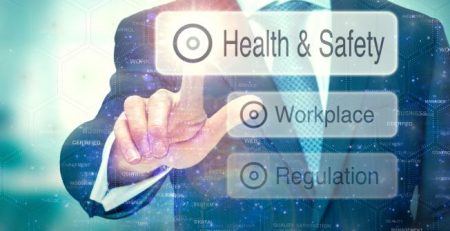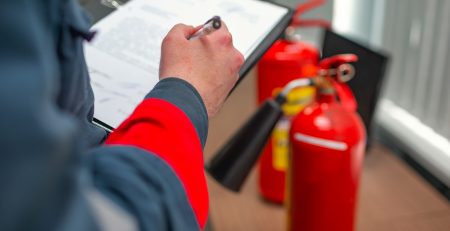Safety Considerations for Solar Panel Installations
This year the government of the United Kingdom replaced the Feed-In Tariff, or FIT program, with the new Smart Export Guarantee. FIT had been in place since 2010 to encourage businesses and homeowners to invest in small-scale renewable energy sources. Since the launch of FIT, installations reduced significantly but it was still very successful. So much so that the government claimed that it achieved its goal and renewables could now be deployed without market support.
According to the site MoneyPug, where experts find you the best energy compare sites, the Smart Export Guarantee was designed to ensure that eligible small-scale clean energy producers will receive a path to payments from electricity suppliers for power that they export to the grid. With the cut in subsidies, solar panel installations have fallen by 94 percent.
But is this the only reason? Solar panels are also pretty dangerous to install, and the hassle that it takes simply to get them up and running could have something to do with the decrease in installations. It goes without saying that taking away subsidies is a huge reason why people aren’t motivated, but how dangerous is it to install solar panels? And how can you keep the people installing them safe?
Solar Panel Installations
With the rate of solar panel installations increasing a lot in recent years, there have been examples of dangers and accidents occurring. The PV industry has a good safety record, there are still some issues. Workers who are not properly trained with hazards contained in electricity, working at heights, or in tight ceiling spaces place themselves at risk.
The only way to ensure safety is to have appropriate procedures and training in place before the start of each job. To create a workplace where anyone can raise safety issues is a top concern. According to experts on solar panel installation safety, you should ensure that only licensed electricians have been inducted into an installer’s safety program will be undertaking that work.
You should participate in the risk assessment of possible hazards at the beginning of each installation, especially when working at heights. For any high-risk activities, you should use a Safe Work Method Statement that has been developed in consultation with your workers. It should be easily understood and followed.
Licensing & Qualifications
Making sure that the workers installing your solar panels have the right qualifications and licensing is very important. You need to have competent people doing electrical work. The installation and maintenance of PV systems, which include both grid and non-grid connected systems and associated wiring, is classified as electrical work.
Solar PV may not only be installed and maintained by an appropriate electrical license dealer, but the risks associated with making incorrect connections may result in serious injury. Even a person without electrical work licensing is authorised to locate, mount, and fix electrical equipment, including PVs, they cannot make or terminate electrical connections to the equipment. They are also not allowed to install supply conductors that will connect equipment to a supply of electricity.
Heights
Of course, heights are another thing to be concerned about. Not only is there the risk of employees falling from high work areas, but some employees could also become disoriented by heights and make the risk more alarming.
Before you start any work, isolate all electricity to the property using the main switchboard. This eliminates the element of surprise when the labourers are working in high areas. You should also do your best to minimize the risk of injury by putting fall prevention controls in place. Using harnesses and edge protection can be the difference between safety and an injury. Doing your best to prevent a fall will cut down on the risk.
While the lack of subsidies are the main reason that people are not putting in solar panels, the inconvenience and element of risk must be acknowledged. As solar panels continue to go up around the world, we should take proper safety precautions to ensure that our workers are safe. Whether you are putting solar panels in on a one-story house or a large building, safety measures are required. Take this into account and you will be able to cut down on the risks and install the solar panels that you need.










